Ruth Behar is an acclaimed author of adult fiction and nonfiction, and Lucky Broken Girl–winner of the Pura Belpre Award–is her first book for young readers. She was born in Havana, Cuba, grew up in New York, and has lived and worked in Spain and Mexico. Her honors include a MacArthur “Genius” Award, a John Simon Guggenheim Fellowship, a Fulbright Senior Fellowship, and a Distinguished Alumna Award from Wesleyan University.
Gabriel Frye-Behar is a Brooklyn-based writer, filmmaker and photographer. He has a BFA in Film & TV Production from NYU’s Tisch School of the Arts and an MFA in Creative Writing from The New School. He currently teaches in the Drama Department at NYU/Tisch. This is his first picture book and he and his wife can’t wait to share it with their own lovely pepita and bebita.
I had the opportunity to interview Ruth and Gabriel, which you can read below.
First of all, welcome back to Geeks OUT! Could you tell us a little about yourselves?
RB and GFB: Ruth is a cultural anthropologist and writer living in Ann Arbor, Michigan, and Gabriel is a writer and filmmaker living in Brooklyn.
What can you tell us about your latest project, Pepita Meets Bebita? What was the inspiration for this story?
RB and GFB: Pepita Meets Bebita was a joy to write. We wanted to celebrate a beautiful transition in our lives – becoming a grandmother and becoming a dad. This was in late 2020, in the midst of the pandemic, so being able to relish our happiness and welcome a new little one into our lives was very special. But someone was being left out of all the excitement and that was Gabriel and his wife Sasha’s beloved pup, Eloise, who’d been the baby of the family until the new baby arrived. Eloise seemed confused about what was happening and of course still wanted her own individual attention (much like a human baby). That was when we realized we had to tell the story from the pup’s perspective.
As a mother-son writing team, what does it mean for you two to both be working on this book together?
RB and GFB: Writing as a mother-son team was such a great experience. We’ve always greatly valued each other’s opinions on storytelling and for years and years we’ve enjoyed discussing books and films. As a filmmaker, Gabriel has an understanding of how to create momentum when telling a story and has such a strong visual imagination, and is focused on keeping the story tight and trimming extraneous material. As a writer, Ruth has a tendency to imagine and world-build, and develop more material than can ultimately fit in a single book, so as writers in collaboration our skills actually fit together remarkably well. On a deeper level, working on this book together gave us a chance to think about stories we want to pass on to the next generation. We worked hard to weave in our Cuban/Latino background that is so much a part of our lives. We chose to integrate Spanish words into the text, as well as Cuban food, and traditions like pinning an azabache on to the baby’s clothes for good luck.
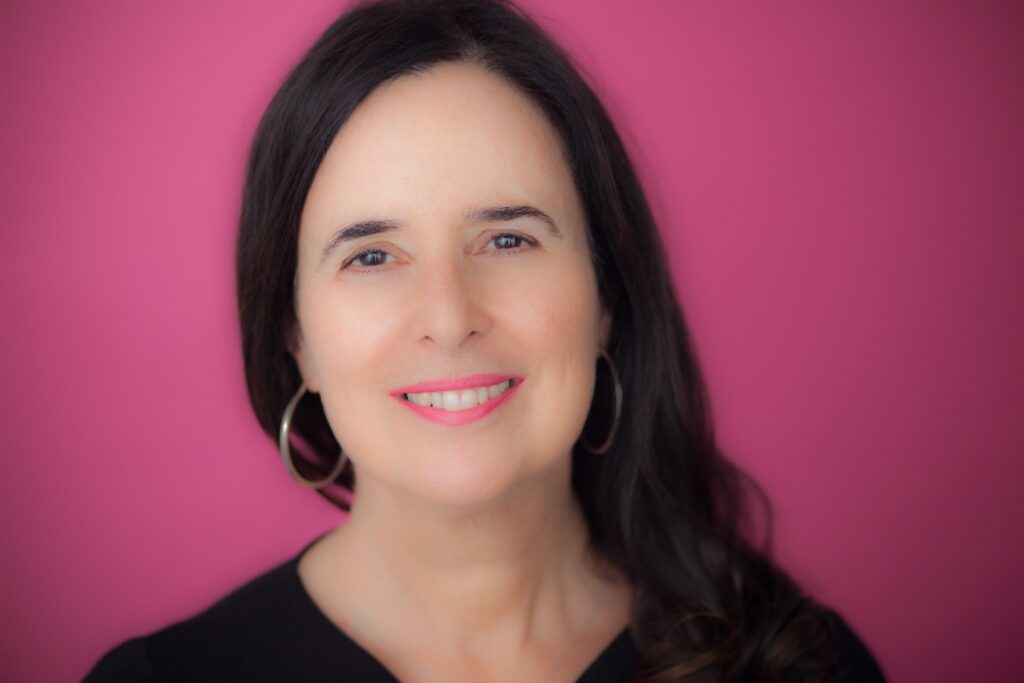
Headshot by Gabriel Frye-Behar
How did you find yourself getting into storytelling, especially picture books? What drew you to the medium?
RB: I’m drawn to the visual arts and a lot of my friends – especially in Cuba – are visual artists. My house is filled with art and I love pictures of all kinds. One of my friends, Rolando Estévez, who was a book artist in Cuba, made handmade books that inspired me for years, and I think he played an important role in turning me toward writing stories that would need to be illustrated. I also love the poetic conciseness of picture books and the challenge of telling a story with very few words that will appeal both to a young child and to the adult reading the story to the child.
GFB: As a filmmaker, when I had kids, I immediately found myself in love with reading picture books to them and seeing their world and imagination expand through the imagery and storytelling of the medium. Picture books felt familiarly cinematic, but also like something new that I hadn’t explored myself in a creative fashion. When I started daydreaming about what stories I might want to tell through the lens of a picture book, and how it might create something tactile and tangible that my own kids could experience and enjoy, I got so excited that I had to try and make Pepita’s story come to life.
(For Ruth Behar) As a writer, you’ve been known for writing among a wide range of genres from non-fiction to picture books to middle grade. What do you think inspires you to be so fluid with your writing and would you say there’s a certain freedom to writing so widely?
RB: I love different kinds of writing – history, travelogues, novels, memoirs, fairy tales, poetry. I have found myself wanting to try my hand at all of them. And I adore books that defy genres and blur genres, like verse novels, autofiction, and autoethnography. This inspires me to be fluid and to feel free to write in different voices and for different audiences. It’s been so wonderful to write stories that children and young people read and respond to. I also like the idea of writing books that appeal to people of all ages. I’ve been thrilled when adults write to me to say they’ve enjoyed reading my middle-grade novels. Having taught in a university setting for a long time, I’ve encountered students who feel trapped in their writing, convinced they can only, should only, write conventional academic articles. I tell them to give themselves permission to pay attention to their sensibilities and vulnerabilities and to write with heart and urgency. And so I give myself permission to do the same.
(For Ruth Behar) In various interviews, you’ve stated how your background as a Cuban-Jewish American has inspired your work, such as Lucky Broken Girl, Letters from Cuba, and Tía Fortuna’s New Home: A Jewish Cuban Journey. As the child of Jewish immigrants myself, I would love to hear your thoughts on what it means to see yourself exploring these identities in your work?
RB: In my work as a cultural anthropologist, I have explored the history and the stories of the Jews of Cuba. I’ve been listening to the family stories since childhood and I’ve traveled to Cuba many times to understand my identity and my community. I always dreamed of creating Cuban Jewish characters and delving into the fictional worlds of those who were born into this unusual way of belonging in the world. I began with Lucky Broken Girl, telling my own story, and also that of my immigrant family, then continued with Letters from Cuba, telling my maternal Ashkenazi grandmother’s story, and honoring the journeys of the Jews who found refuge in Cuba on the eve of the Holocaust. Writing my debut picture book, Tía Fortuna’s New Home, I turned to my paternal Sephardic side to imagine how I’d pass on that heritage to young children through the symbol of the key to a lost home. Now I have a new forthcoming novel, Across So Many Seas, which goes deeper into that Sephardic heritage, moving between the lives of four young girls whose stories come together in the final pages of the book. I feel so blessed to have been able to give voice to all these different layers of my identity through storytelling.
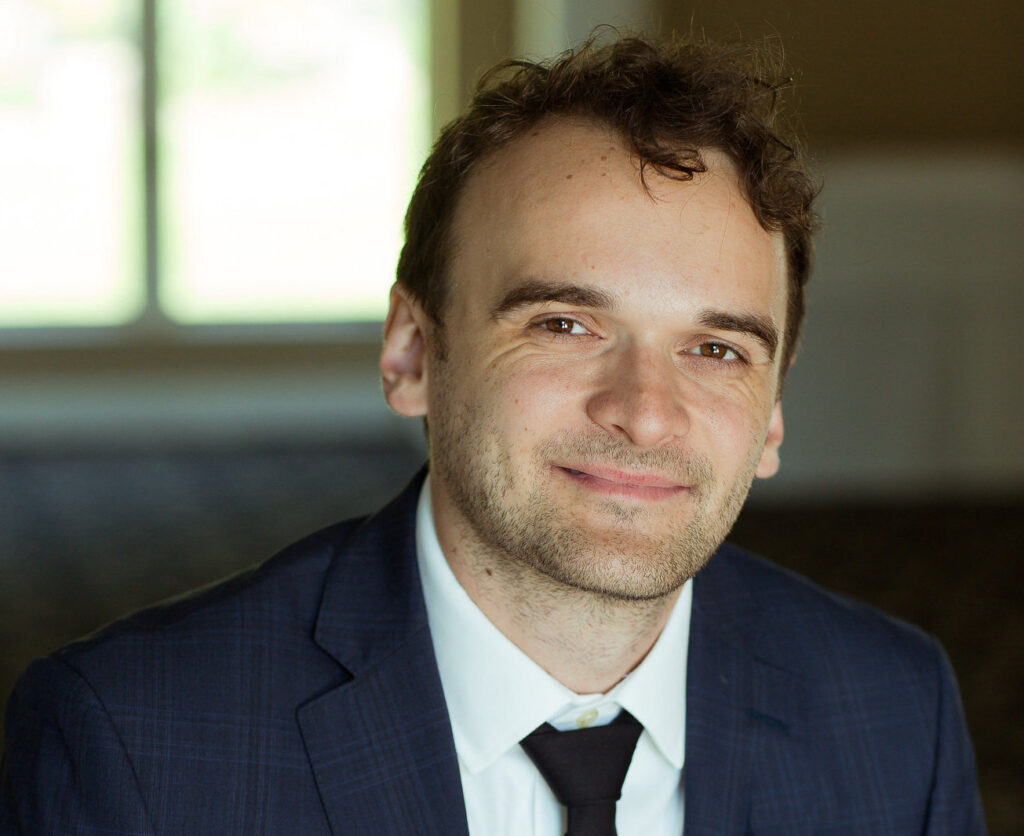
In general, how would you describe your creative process? What are some of your favorite parts of the writing process? What do you find to be some of the most difficult/frustrating?
RB: I start with a general idea of a story I want to tell – usually there’s a character who’s finding their way through a challenging or painful situation. I usually don’t know more than that. I have to write to discover what their journey will be, who they’ll meet along the way, what they’ll feel, and think about, who their friends will be, who they love, and what they fear. It is wonderful to experience that discovery process in writing and the surprises you encounter. Magic happens. What I find difficult is when the writing gets interrupted because of work or obligations or travel or too much time on social media. Then it’s a struggle to return to the world of my characters. When I’m deep into the writing, I try not to leave my desk for very long, so my characters will keep speaking to me.
GFB: My writing process virtually always has to start with a character. Once I have the central character or characters in mind and I can start to hear their voice or sense of how they might react to the world around them I try to allow them to lead me to the story I should go on and tell. In the case of Pepita Meets Bebita, I had so much fun working out what the arc for Pepita should be, how could she both be changed in a positive and meaningful way, but also still be herself at the end of the story. The challenge with writing for me is always simply… time. I can write fast if I have to, but once I’m emotionally invested in a project I tend to write slowly, and free writing time with, now two young kids, is a rare and precious thing.
As a creative, who or what would you say are some of your greatest creative influences and/or sources of inspiration?
RB: I am inspired by people’s stories and have always loved being a story-listener. And I am inspired by the arts – visual arts, folk art, music, dance, fiction, poetry, children’s books. My travels to Spanish-speaking countries have been very inspiring. Whenever I go to Spain, I stop at the Prado Museum to see the work of Goya, whose paintings I’ve been drawn to since I was nineteen. In Mexico, I love the textiles, the embroideries, the filigree jewelry, the hand-painted clay pots. In Cuba, the beat of the drums used in religious rituals can be heard in the streets and that’s something that’s stayed with me. My house is filled with souvenirs of my travels and that gives me energy to write. I have books everywhere – on overflowing shelves and piles wherever I can stash them. I live in a house of words and memories. That’s a great source of inspiration to me, though I know to others it may seem I live amid too much clutter!
GFB: I’ve been influenced by so many different writers and filmmakers from when I was a child in Michigan, through film school in New York, and then through getting an MFA in Creative Writing. From Elmore Leonard’s hyper-naturalistic Detroit-centric low-level mobsters, to Wong Kar-Wai’s gorgeously poetic and painterly masterpieces of art house cinema, to ultimate classics of world literature like Brothers Karamazov, I’ve been inspired to try and continually distill the ideas in my head into what my own individual creative voice is at a given moment, and then find the right mode of expression to bring those ideas to life.
Many authors would say one of the most challenging parts of writing a book is finishing one. What strategies would you say helped you accomplish this?
RB and GFB: We were both motivated to get Pepita Meets Bebita done in a timely fashion while the story was still fresh and being lived by the two of us and our sweet pup, of course. We experimented with a few different endings until we felt we’d found an ending that brought the story to a close for the time being and left open the possibility of a sequel.
Aside from your work, what would you want readers to know about you?
RB: I love to dance salsa and bachata. And I love the tango too, though the tango doesn’t always love me; it’s a difficult dance but the music enchants me and sometimes brings me to tears.
GFB: I’m a big sports fan, probably watch a little too much reality TV, and am an aspiring (now almost fully converted) vegetarian.
What’s a question you haven’t been asked yet but wish you were asked (as well as the answer to that question)?
RB and GFB: No one has asked us if it’s too late to start writing books for young people. And the answer is it’s never too late. Start whenever you can. We began when Gabriel’s daughter was born making us a grandmother – an abuelita – and a dad, and we didn’t know what was coming but went on the journey and wrote a book together.
What advice would you give to other aspiring writers?
RB and GFB: Write because you have a passionate need to tell a story that only you can tell. Write with love and compassion. Remember that writing and publishing are different pursuits. You will write much more than you will ever publish. Be prepared to throw away a lot of writing, or to put aside a story that isn’t yet ready to be told. Find a writing buddy who will read your early drafts and give you honest feedback without destroying you. And then persevere and write whenever and wherever you can. If you’re stuck, go to the library, or to your favorite independent bookstore, and find inspiration and light among the authors who’ve come before you.
Are there any other projects you are working on or thinking about that you are able to discuss?
RB: As I mentioned above, I have a new middle-grade novel, Across So Many Seas, coming out in February 2024.
GFB: And… we have co-authored another mother-son picture book! We are very excited about it, but that’s all we can say at the moment. I’m also at work on an adult novel.
Finally, any books/authors would you recommend to the readers of Geeks OUT?
RB: I love the work of Catalan author Mercé Rodoreda, especially her novel The Time of the Doves, that takes place during the Spanish Civil War. In children’s literature, one of my favorite books is The Hundred Dresses by Eleanor Estes, with illustrations by Louis Slobodkin. I keep it next to my desk so it’s always within reach. I also am blessed to have as friends two amazing writers, inaugural poet Richard Blanco, who has a new collection of his poems coming out soon, Homeland of My Body, and Sandra Cisneros, well-known for The House on Mango Street, who has a new book of poetry, Woman Without Shame.
GFB: Two good friends of mine are writers who have published amazing work recently. Brigit Young, who has written three absolutely beautiful middle-grade novels, Worth a Thousand Words, The Prettiest, and Bright, and David Leo Rice, who has written several brilliant novels and an incredible book of short stories, Drifter Stories. They’re both well worth checking out!

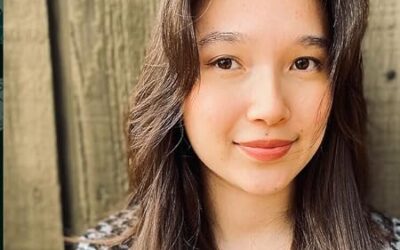
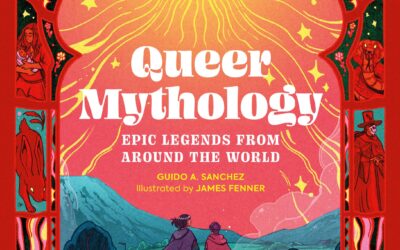
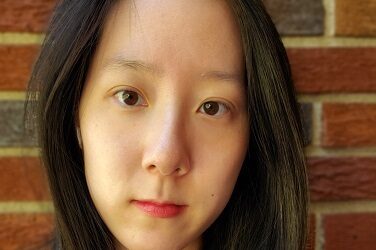
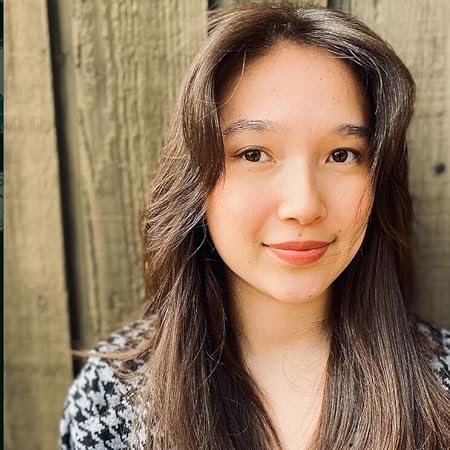
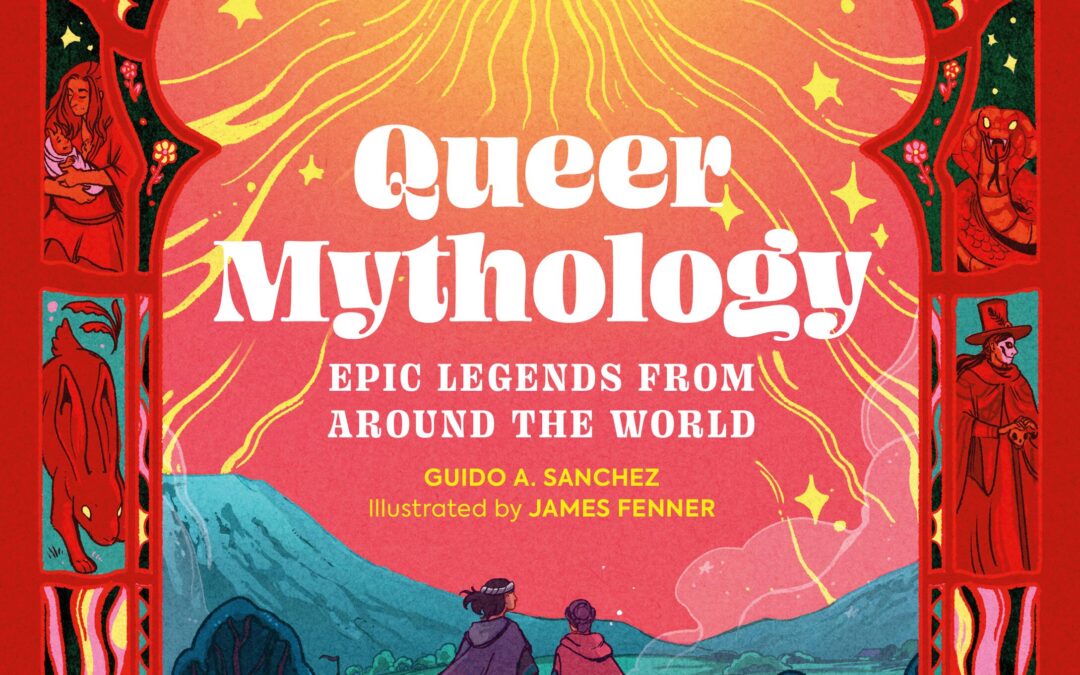
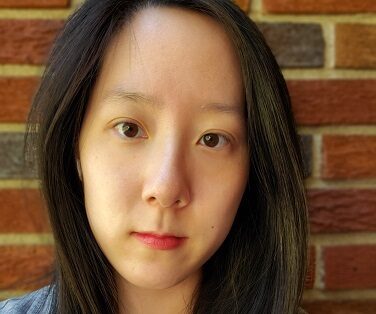
0 Comments